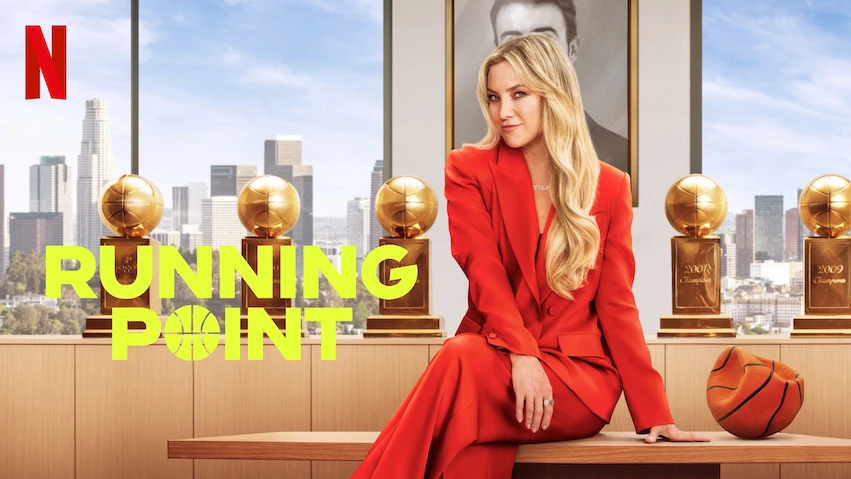Recent findings in group psychology show us that we can turn the chasm between sales and marketing into fuel for growth.
The mathematics of synergy tell us that two heads can only be better than one if those heads see things differently. Two people thinking similarly can only be as successful as the smartest one. But two different heads have the potential to see further than either—if they combine in the right way.
Usually, when humans see things differently, we do one of two things: We either disengage and avoid the conflict—sales and marketing sit in silos and do their best to keep the friction low—or we seek to squash the other viewpoint—either by destroying the other party or convincing everyone that the other side is wrong.
However, research clearly shows that the place where innovation happens is precisely in the zone of tension that exists between different ways of thinking and operating.
We didn’t get the theory of relativity from some stubborn, single-minded dude who wanted to get his way. We got it from a guy who spent all day reading patents and points of view from dozens of disparate fields—and who had a fierce rival pushing him to think harder. Einstein leaned into the discomfort. He was willing to explore the off-limits idea that the Law of Gravity might not be totally right.
This is how just about every great innovator (and team) in history made big strides. The Wright Brothers, for example, owe many of their breakthroughs in the design of the airplane to their daily arguments, not to getting along all hunky dory.
More on B2B Sales & Marketing:
What we need to do is unlock all of the different viewpoints and ideas and motivations between sales and marketing, not squash them.
For team leaders that means three things.
First, we need to be vigilant to ensure our teams do enough mixing. Casual, everyday conversations, bumping into each other at the bathroom line, and even mixing up the desks every once in a while, are each good starting points.
Second, when decisions need to be made, problems need to be solved, and tough conversations need to be had, both teams should be represented and heard. Here’s the key: During those interactions, they should be allowed to dissent and debate. As leaders, we need to guide these conversations so they focus on problem-solving without getting personal. We need to make sure our debates are always about finding ways to move the whole group forward, not about one side winning. And we need to resist the urge to reward people for being right. Instead, we should reward people for engaging in the debate and being humble enough to let go of being right when necessary.
Finally, we need to get our people to see each other as just that—people. The more human someone is, the more you know and empathize with them at a personal level, the harder it is for the disagreements and debates we need for progress to get nasty. (As an aside: This is one reason why it’s so much easier to verbally destroy someone on Facebook than face to face.)
Early on as the head of marketing for my company, I once had a problem with a new sales executive. On the face of it, our personalities were very different. We did NOT see eye to eye. It became very clear that our motivations for our teams were not always aligned.
I admit that I was not a great actor at first. I got to the point where I would disagree with anything she would propose or do—just because I didn’t trust her. I’m ashamed to say that at one point I wished she would quit and get out of my way.
Then I learned her story. She extended an olive branch, and I reluctantly took it. I got to know who she was, where she was from, what her dreams were. I learned that we both love gay bars and karaoke. I learned that we were both outsiders to New York who understood what it’s like to grow up in a red state and live in a blue one—and how difficult and wonderful it could be to find balance and understanding for people in disparate parts of America.
After learning her story, I became her advocate. It felt like suddenly we could disagree without it getting personal. Today I count her as part of my brain trust—a friend whose wisdom and viewpoints I value, precisely because she’s not me.
Isn’t this what we’re trying to do as sales and marketing teams anyway? To build bridges with potential customers? To build relationships and make people care? That’s what this whole “content” trend of the last decade is about. Great stories help us connect and build trust, so we can go further together than we could alone.
If we did more of that maybe we wouldn’t need any more dollars for that Q4 budget.
Shane Snow is founder-at-large of Contently.
 Network
Network

